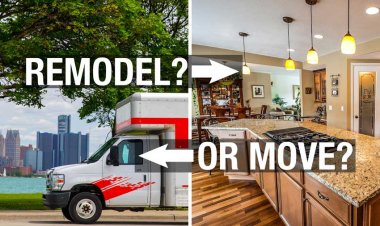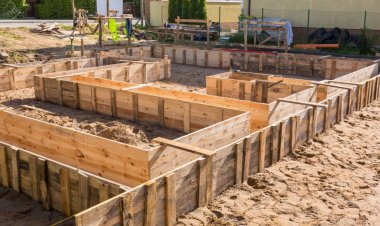Difference Between Freehold and Leasehold Property
Anyone venturing into real estate must understand the tenure system. Tenure system is categorized into two; freehold and leasehold.The major difference between the two lies ownership and control regulations.

Anyone venturing into real estate must understand the tenure system. The tenure system is categorized into two; freehold and leasehold. The major difference between the two lies in ownership and control regulations.
Freehold Property
The term freehold simply means that the property is "free from hold" from any other person including the state besides the owner. The owner has free ownership and can use the property for any purpose as long as they follow the local regulations.
Since the owner has full rights to the property, they do not require permission from the state when they want to sell. This, therefore, means less paperwork. The owner also has control over pricing therefore making the cost of freehold property to be high.
Ownership of freehold property is indefinite. The owner gets to have the property forever. The property can be inherited with no restrictions on its right.
Banks get to finance freehold properties easily since they are dealing directly with the sole owner.
Leasehold Property
This kind of ownership means that a person owns the property for a certain period of time. Normally, the lease period is 30 to 99 years for land.
For a specific period of time that the property is on lease payment of rent is made to the grantor.
The period of lease is an agreement between the landlord and the tenant. Once this period comes to an end, the property goes back to the owner.
A leaseholder can apply to renew or extend the lease especially where they feel that they have not exhaustively accomplished their objective.
Leasehold property requires state to consent to make a transfer to another owner.
If the lease period is less than 30 years, most banks are reluctant to finance.

































